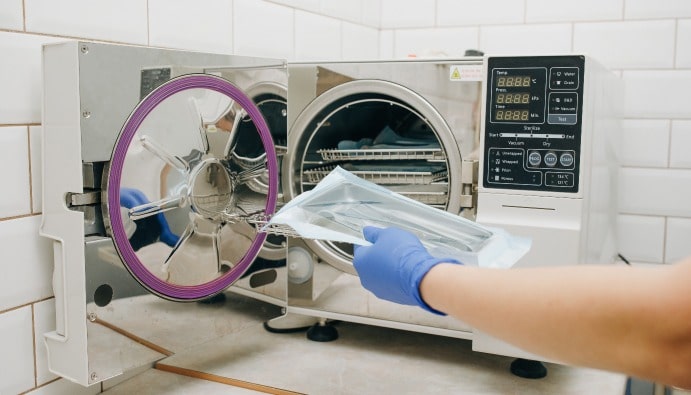
BLOG
KATEGORİDEKİ DİĞER YAZILAR

Sterilization is the destruction of all microorganisms (such as bacteria, viruses, fungi and spores) on the surface of a device or material. Before medical devices are sterilized, it is necessary to minimize the potential health risks posed by microorganisms. Otherwise, the devices can lead to serious infections.
The sterilization process can be carried out by various physical, chemical and biological methods. During the sterilization of the device, the methods used should be effective and safe and should not affect the functionality of the device.
Sterilization protects patient safety by ensuring that medical devices treat rather than spread disease. A good sterilization process minimizes infection risks by increasing the effectiveness of the device. In addition, when sterilization methods are applied correctly, safe use of devices is ensured, compliance with regulations is ensured and major risks to patient health are prevented.
Sterilization for medical devices is a fundamental step in providing safe and effective healthcare. Each of the different sterilization methods should be appropriately selected according to the type and intended use of the device.
Nanolab Laboratories Group continues to provide services within the scope of Sterilization Methods for Medical Devices. You can also consult us about Pyrogenicity Tests.
Contact us for more information.
You can follow us on LinkedIn for up-to-date news and shares about our services.
Follow our Instagram account to be informed about our latest blog posts.